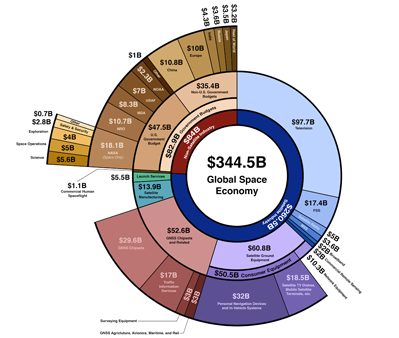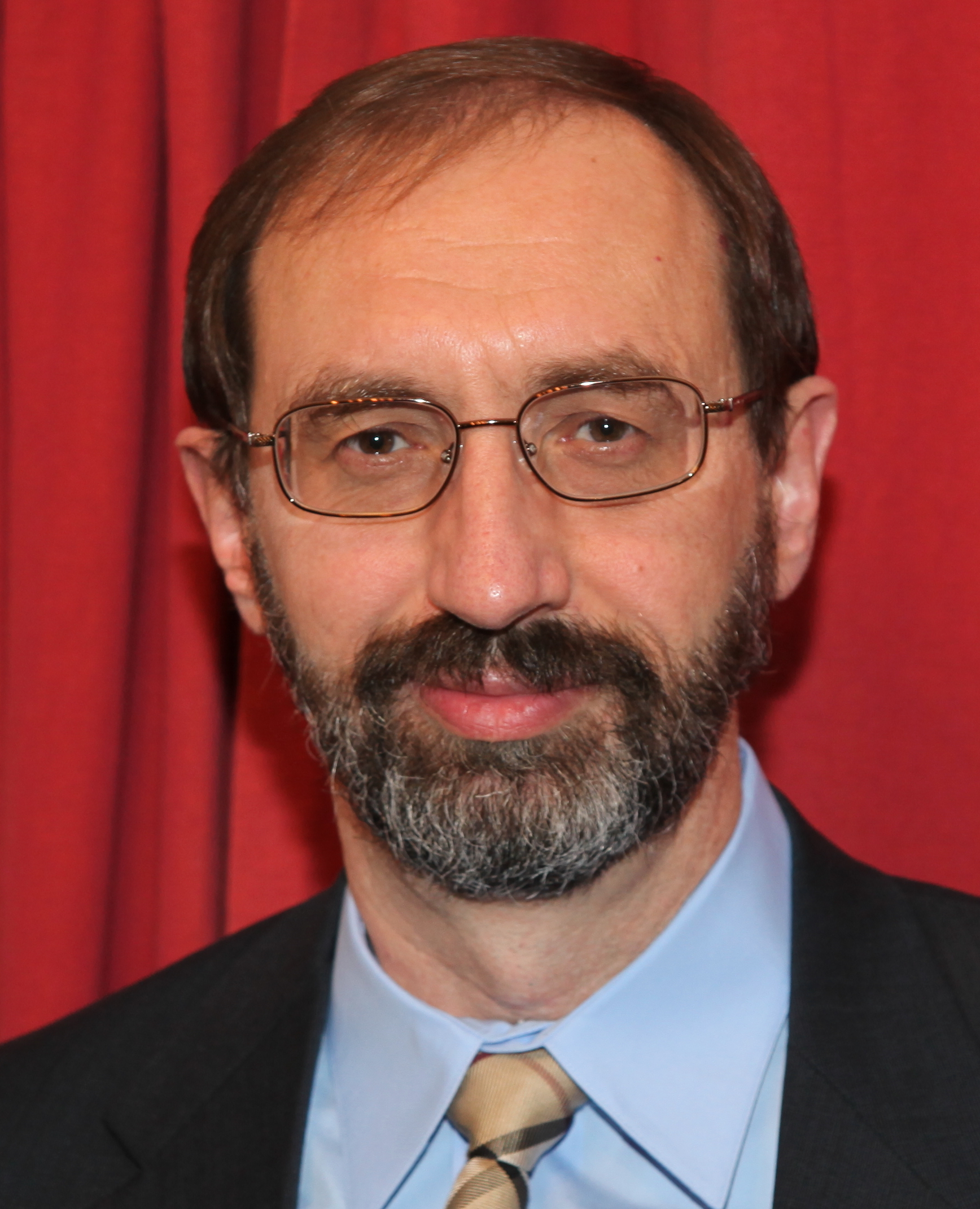
Astrophysics 2020

Theme: Rising above the earth to explore it
We welcome all the enthusiastic researchers from all around the world to join us for Global Summit on Astrophysics & Cosmology scheduled in Rome, Italy during April 22-23, 2020. The summit will move forward with the theme “Rising above the earth to explore it”.
Astrophysics 2020 will be a meeting ground for researchers and enthusiastic from around the globe to discuss the recent developments as well as the future roadmap for a healthy society. The organizing committee welcomes all to join the summit and share their vision. Meetings International organizes various conferences throughout the year on a plethora of research topics and is committed to work with scientists, researchers for the advancement of research in all fields.
Rome, a city of bricks which transformed itself into a dream of Marble will surely give all participants a image to remember forever. Join us for Astrophysics 2020 in Rome and explore the past to design the future.
Session 1: The Universe
The Universe is all of room, time and their Contents; while the spatial size of the whole Universe is obscure it is conceivable to gauge the size of the detectable universe. The soonest logical models of the Universe were created by old Greek and Indian savants and were geocentric, putting Earth at the focal point of the Universe. Throughout the hundreds of years, increasingly exact cosmic perceptions to build up the heliocentric model with the Sun at the focal point of the Solar System, and building up the law of general attractive energy, laws of planetary movement. Researchers think space outside of the detectable universe may be an endless span of what we find in the universe around us, circulated essentially equivalent to it is in the perceptible universe.
Session 2: Nuclear Astrophysics
Nuclear Astrophysics is a field at the mix of atomic material science and astronomy which help to comprehend the state of the universe. Everything that is unmistakable in the night sky is controlled by atomic responses. In agreement we are searching for the cooperation between properties of nuclear cores and the properties of planets, stars and universes although the establishments of the science are true blue, numerous inquiries still stay open. Some long-standing issues are helium combination the astrophysical site of the r-process, peculiar lithium plenitudes in Population III stars, and the blast instrument in center breakdown supernovae.
Session 3: Planetary Geology
Planetary Geology incorporates such subjects as deciding the inward structure of the earthbound planets, and furthermore takes a gander at planetary volcanism and surface procedures; for example, sway cavities, fluvial and Aeolian procedures. The structures of the goliath planets and their moons are likewise analyzed; similar to the make-up of the minor assortments of the Solar System, for example, space rocks, the Kuiper Belt, and comets. Planetary topography, on the other hand known as astrogeology or exogeology, is a planetary science order worried about the geography of the divine bodies, for example, the planets and their moons, space rocks, comets, and shooting stars.
Session 4: Human Space interaction
Human-space interaction in this design is between human and machine, between occupant and the living space. Each deliberate action or input of an occupant is reciprocated with a response or output from the living space controlled by the embedded interactive system.
Session 5: Satellite Communications
Satellite Communications assume an essential job in the worldwide media communications framework. Roughly 2,000 fake satellites circling Earth hand-off simple and computerized sign conveying voice, video, and information to and from one or numerous areas around the world. Satellite impart by utilizing radio waves to send sign to the reception apparatuses on the earth. The receiving wires at that point catch those sign to process the data originating from those sign.
Session 6: Big Bang Theory
The Big Bang Theory is the prevailing hypothesis of the root of the universe. This hypothesis expresses that the universe started from an underlying point, which has extended more than billions of years to frame the universe as we currently know it. This hypothesis is the predominant cosmological portrayal of the advancement of the universe. Under this hypothesis, reality rose together 13.799-+0.021 billion years prior and the vitality and matter at first present have turned out to be less thick as the Universe extended.
Session 7: Theoretical Astrophysics
Theoretical astrophysics include stellar dynamics and evolution, galaxy information, magneto hydrodynamics, large-scale structure of matter in the universe, origin of cosmic rays, general relativity and physical cosmology, including string cosmology and Astroparticle physics. Theoretical astrophysics deals with answering astronomy related questions and the work is mostly done on paper or writing.
Session 8: Black Hole & Dark Matter
Dark Matter is the little bit of that unmistakable issue present known to mankind which entireties up to frame a sum of 27 %. The issue is comprised of particles called baryons. Researchers discovered this disclosure in the wake of watching the retention of radiations going through them. Baryonic matter could in any case make up the dull issue in the event that it were all tied up in dark colored smaller people or in little, thick pieces of overwhelming components.
Black Holes are incredible measure of issue pressed together in a little region which at that point brings about huge gravitational power that even light could escape through it.Black gaps are shaped after the supernova blast of any star. Einstein's hypothesis of general relativity anticipated that after any star passes on, it deserts a little, thick remainder center.
Session 9: Space Tourism
Space Tourism refers to the activity of travelling into space for recreational purposes. It is sometimes referred to as citizen space exploration, personal spaceflight, or commercial human spaceflight, and it covers spaceflights which are sub-orbital, orbital, and even beyond Earth orbit.
Session 10: Solar Physics
Solar physics is the study of the fundamental processes occurring in the sun. Primarily this is related to the dynamics of plasmas and their interplay with the suns magnetic fields, and how these processes vary in different regions of the sun, from its core to the surrounding corona. It manages point by point estimations that are conceivable just for our nearest star. It converges with numerous orders of unadulterated material science, astronomy, and software engineering, including liquid elements, plasma material science including seismology, molecule physical science.
About Astrophysics 2020:
Astrophysics 2020 will be a meeting ground for scientists and researchers from around the world to talk about the ongoing advancements just as the future guide for understanding our galaxy. The Organizing Committee invites all to join the summit and offer their vision. Meetings International arranges different conferences throughout the year on a plenty of research themes and is resolved to work with researchers, specialists for the progression of research in all fields.
Why to attend:
Astrophysics 2020 unites specialists, Scientists, analysts, researchers, teachers from all zones of Physics, Chemistry, Mechanical Engineering, Aerospace designing, Aeronautics, Computational Space Science and other related zones for connection, trade the new thoughts and joint efforts.
Chance to go to the introductions conveyed by prominent Scientists, analysts, specialists from everywhere throughout the world. Interest in sessions on explicit subjects on which the gathering is relied upon to accomplish advance, Global systems administration in moving and trading Ideas, Share your energy in advancing new thoughts, improvements and developments in Astrophysics and Space Science.
Importance & Scope:
Astronomical disclosures are too extravagant as knowledge which buys the imaginative minds of scientists and astronomy lovers. These astonishing advances are the outcome not just of the group inventive endeavors of researchers and specialists around the globe, yet additionally of the liberal interests in space science part by governments, establishments, and people. In the decades ahead, the pace of revelation—wonderful as it has been over the past—will quicken. Each master accepts that the space business will be indispensable to the future monetary development and security of the world.
Building a comprehension of the universe and the advancement of its constituents requires devices and experiences from numerous different controls, including material science, science, optical science, electrical designing, software engineering, and science. Open enthusiasm for Astronomy, Space Science has supported numerous effective private companies, as specialists, little telescopes clients, and explorers are burning through a large number of dollars to observe cosmic occasions.
Global Business Value:
The present space economy is esteemed somewhere in the range of $330 and $350 billion and has been relentlessly developing at 6 to 8% for the most recent decade. While there are unlimited uses and applications for space innovation, the current numbers can be credited to a couple of sources. One research that was recently published from the Satellite Industry Association found that of the all-out monetary worth, $269B can be legitimately connected with the satellite economy. When you think about the utilizations, the open division and correspondences industry seem, by all accounts, to be the key players here.

Source: www.brycetech.com
List of Universities associated with Astrophysics in Italy:
International School for Advanced Studies
University of Milan
Sapienza University of Rome
University of Trieste
University of Padua
University of Bologna
University of Ferrara
University of Turin
University of Pisa
University of Rome Tor Vergata
List of Universities associated with Astrophysics in Europe:
University Of Vienna, Austria
University of Aix-Marseille, France
University de Lyon (ComUE), France
Heidelberg University, Germany
University of Munich, Germany
Kazan Federal University, Russia
M.V Lomonosov Moscow State University, Russia
University of Granada, Spain
University of Barcelona, Spain
University of Pisa, Italy
List of Universities associated with Astrophysics in Worldwide:
Harvard University, US
Stanford University, US
University of Cambridge, UK
University of Toronto, Canada
Leiden University, Netherland
University of Warsaw, Poland
University Of Oxford, UK
University of Copenhagen, Denmark
University of Tokyo, Switzerland
ETH Zurich, Japan
Major Space Agencies around the Globe:
National Aeronautics and Space Administration (NASA), USA
Russian Federal Space Agency (Roscosmos), Russia
European Space Agency (ESA), France
Italian space agency (ASI), Italy
Indian Space Research Organization (ISRO), India
Japan Aerospace Exploration Agency, Japan
China National Space Administration (CNSA), China
Major Organization associated with Astronomy and Space Science:
The International Astronomical Union
Royal Astronomical Society
The International Meteor Organization
The American Astronomical Society
European Association for Astronomy Education
The Italian Amateur Astronomers Union
The British Astronomical Association
The Astronomical Society of India
Funding on Astrophysics:

Source: Statista
Forecast for next 5 years:
The Space Industry is rising as one of the most rewarding industry all inclusive. The Space Industry, is esteemed at US$ 360 billion of every 2018, is anticipated develop at a CAGR of 5.6%, to esteem US$ 558 billion by 2026. Interest for Nano-satellites and re-usable dispatch vehicle frameworks is foreseen to be driven by the huge speculation made by nations like US, China, Russia and the European Union in the improvement of cutting edge satellite frameworks and the enormous scale obtainment of such frameworks by nations like Saudi Arabia, India, Japan and South Korea.
Conclusion:
Space science research is creating a major impression on our daily lives. It is also an enterprise that can provide a solid framework for global cooperation in an uneasy world. Changes in spacecraft development will have to account for an increased energy need for future systems. We believe the future will be, more interconnected and interdependent.
Meetings International has always been at the forefront to support and encourage the scientific and techno researchers to march forward with their research work. Global Summit on Astrophysics & Cosmology offers various awards as recognization to exceptional researcher and their research work. We invite all enthusiastic researchers from all around the world join us for the Global Summit on Astrophysics & Cosmology scheduled in Rome, Italy on April 22-23, 2020.
Eminent Key Note Speaker Award:
Astrophysics 2020 will confer the Model Key Note Speaker Award to the researchers who have spent a considerable time of their academic life towards the research related to conference topic. Key note speaker award is for the researchers/speakers who have done all the hard work behind the scene. It will be a small clap for their dedication and hard work.
Outstanding Speaker Award:
Astrophysics 2020 will bestow model speaker award to those researchers who have made significant contribution towards the conference topic during their research period as well as presented the research topic in an impressive way in the oral presentation during the summit. It will be an apt appreciation from the Jury as well as from the delegates. The award they receive will motivate them to march forward with the research work.
Model Organizing Committee Member Award:
Astrophysics 2020 will take this opportunity to facilitate eminent experts from this field with the model Organizing Committee Member award for their phenomenal contribution towards the society through their academic research. This will be a trivial but significant reorganization of their dedication and discipline.
Promising Young Researcher Award:
The motive of this Award during the Astrophysics 2020 is to appreciate research work of the budding young researcher who is continuing their research work to create a better society. The award will provide them a tremendous amount of encouragement to keep moving forward.
Educative Poster Award:
The educative poster award for the Astrophysics 2020 will be endorsement for those who wishes to display their research paper through a poster and will act as a guiding force those researchers. The award will be presented to the most informative and educative research poster.
Criteria:
- All presented abstracts will automatically be considered for the Award.
- All the presentation will be evaluated in the conference venue.
- All the awards will be selected by the judges of the award category.
- The winners will be formally announced during the closing ceremony.
- The winners of the Poster Award will receive award certificate.
- The awards will be assessed as far as plan and format, intelligence, argumentation and approach, familiarity with past work, engaging quality, message and primary concerns, parity of content visuals, and by and large impression.
Guidelines:
- All submissions must be in English.
- The topic must fit into scientific sessions of the conference.
- Each individual participant is allowed to submit maximum 2 papers.
- Abstract must be submitted online as per the given abstract template.
- Abstracts must be written in Times New Roman and font size will be 12.
- Abstract must contain title, name, affiliation, country, speaker’s biography, recent photograph, image and reference.
- Each poster should be approximately 1x1 M long. The title, contents and the author’s information should be clearly visible from a distance of 1-2 feet.
- The Universe
- Nuclear Astrophysics
- Planetary Geology
- Human Space interaction
- Satellite Communications
- Big Bang Theory
- Theoretical Astrophysics
- Dark Matter & Black Holes
- Space Tourism
- Solar Physics





















































































































